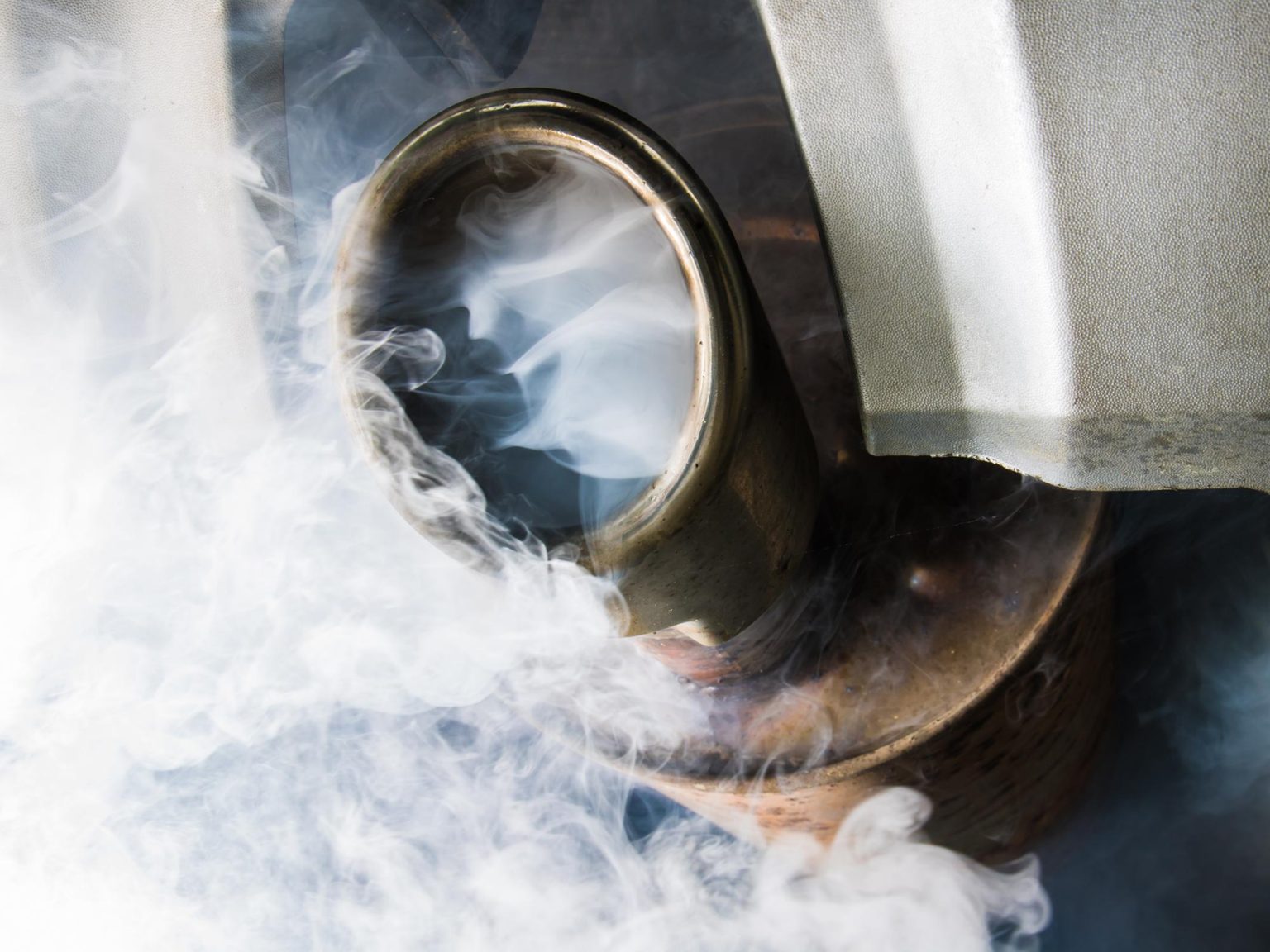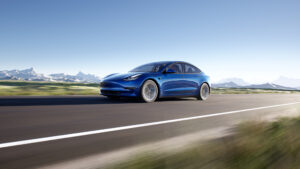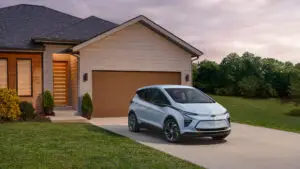General Motors has laid out its sustainability goals for the next 20 years, including plans to eliminate tailpipe emissions from the new vehicles in its lineup by 2035.
Today’s statement also expressed the intent for the company’s global productions and operations to be carbon neutral by 2040. This is different than the goal that Nissan has, which includes being carbon neutral not just in production but also vehicle lifecycles by 2050.
GM is also committing to setting “science-based targets” to achieve carbon neutrality and has signed the Business Ambition Pledge for 1.5⁰C, a call to action from a global coalition of United Nations agencies, as well as business and industry leaders. Other members of the automotive industry have signed the pledge and committed to varying degrees of change. According to ScienceBasedTargets.org, the pledge’s website, GM has not committed to an emissions reduction target bur rather the overall vision of the pledge, as has Ford.
In contrast, Volkswagen AG and Renault have committed to meeting targets it says will keep global warming to under 2.0⁰C. Mahindra has committed to the pledge while Continental, Volvo, and Bosch have not committed to the pledge but have set targets that are said to keep global warming to under 1.5⁰C.
“General Motors is joining governments and companies around the globe working to establish a safer, greener and better world,” said Mary Barra, GM Chairman and CEO. “We encourage others to follow suit and make a significant impact on our industry and on the economy as a whole.”
In addition to the pledge, GM has worked with the Environmental Defense Fund (EDF) to develop its vision for an all-electric future. This includes the aspiration to eliminate tailpipe emissions from new, light-duty vehicles by 2035. What does that mean? The substance of the that vehicles that classify as equal to or smaller than a full-size pickup truck that come into a new generation in 2035 (or earlier) will not have any tailpipe emissions, meaning that they will not be powered by an internal combustion engine.
From the sound of it, that means that General Motors sees the GMC Sierra and Chevrolet Silverado being powered by a battery or hydrogen fuel cell rather than a gasoline or diesel engine two generations (15 years) from now.
To get to that point, GM acknowledges that there will have to be a large investment in charging infrastructure and changing customer minds to allow for mass adoption. With those two caveats, GM is giving itself a bit of an out, despite statements stressing their commitment to the cause.
“With this extraordinary step forward, GM is making it crystal clear that taking action to eliminate pollution from all new light-duty vehicles by 2035 is an essential element of any automaker’s business plan,” said EDF President Fred Krupp. “EDF and GM have had some important differences in the past, but this is a new day in America — one where serious collaboration to achieve transportation electrification, science-based climate progress and equitably shared economic opportunity can move our nation forward.”
GM also plans to leverage offsets or credits to achieve this goal where battery and fuel cell capability has not matured to the point of usability in heavy-duty vehicles such as the Chevrolet Silverado 2500HD.
The company plans to offer 30 all-electric vehicles globally by 2025 and 40 percent of the vehicles offered in the U.S. will be battery electric vehicles by the same time. GM recently announced that they are investing an additional $7 billion in electric and autonomous vehicles in the next five years, bringing the total up to $27 billion invested.
GM also plans to source 100 percent renewable energy to power its U.S. sites by 2030, and global sites by 2035. Movement toward this goal is already well underway in Tennessee.
In addition to applying the standards to GM’s plants and vehicles, the company’s carbon neutral commitment applies to suppliers. They are currently working to reduce the impact of its supply chain by supporting grids and utilities that are used to power electric vehicles. Traditionally, coal-powered plants provide the electricity required to charge BEVs. They are also leveraging power purchase agreements and green tariffs in areas where GM has facilities.









